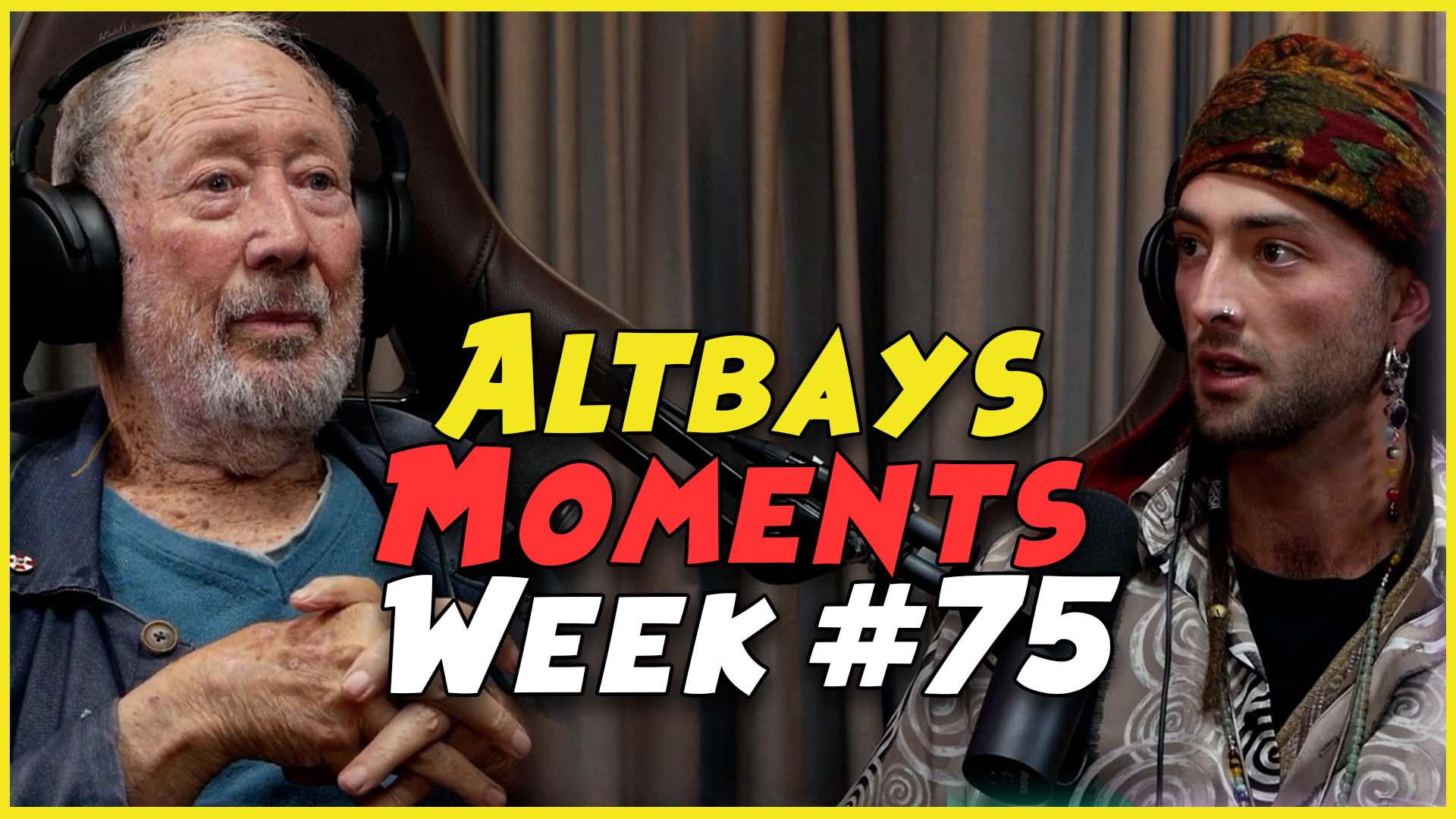Let’s get logical – How to have courageous conversations

“Before you start planning what to say, think about the outcome you’re trying to achieve.”
Dave Burton
Ever find yourself in a situation where you know something needs to be said or done about a situation, but you’re not quite sure how to talk about it or engage others in helping to make some improvements? You might want them to understand your concerns and you’re wondering how to arrange your thoughts so that your listeners will get your message quickly and want to be part of working out a solution.
Before you start planning what to say, think about the outcome you’re trying to achieve – understanding, action, a change of behaviour or maybe just feeling that you’ve been heard.
Then take some time to organise your information into a logical pattern by using the SCORE formula. This will help you to clarify your thoughts and, more importantly, will allow your listeners to understand your message and get the main points of it quickly and easily.
The SCORE formula gives you a general structure that you can use for most types of communication: solving problems, explaining concerns, writing a business case or proposal or just plain talking to someone about something that’s an issue for you.
The letters of SCORE stand for:
S – Situation
C – Concerns or Complications
O – Options
R – Recommended Action
E – Ending
Think of each of these headings as a bucket in which you can collect your thoughts.
Situation: What is the overall situation your communication is centred on? To clarify your thoughts in this area, ask yourself questions like:
- What has led to you needing to have this communication?
- What is the background to the current events?
- What has happened so far?
- What is actually going on for you or others?
- Why is it important to let your listeners know?
Concerns or Complications: What are your concerns about the situation? Here you can ask yourself questions such as:
- What are the complications here?
- What consequences or difficulties is this situation causing?
- What issues or challenges are arising?
- What will happen if nothing is done to address them?
- How are you feeling about the situation?
Options: What options, actions or information could lead to the resolution of the issue, or address your concerns? You might do this on your own, or you could involve others and seek their ideas. This is the ‘ideas gathering’ part of the process: collect all the ideas you can think of, from the obvious to the crazy! Questions that can help you here are:
- What options are there for your listeners or you?
- What steps could be taken to resolve the issue?
- What further information might be needed?
- What ideas do others have that could be useful?
- What is the option that no-one has mentioned yet?
- How might you or others benefit from these options?
Recommendations: Now you can evaluate the ideas and talk through the benefits and drawbacks of them. You might have some preferences yourself, but while it’s important to state them, if you are working with others it’s also important to pause and let them contribute their thoughts before making any decisions. Some useful questions to help you agree on a useful recommendation are:
- What are the pro’s and con’s of the various options
- Which options do you recommend and why?
- Which options do your listeners recommend and why?
- Who will need to do what and when will they need to do it?
So, next time you’re facing a challenge, try the SCORE approach to finding a good solution. It works!
– Words by Dave Burton, Potential Developer
Art by Lucas Rocha






